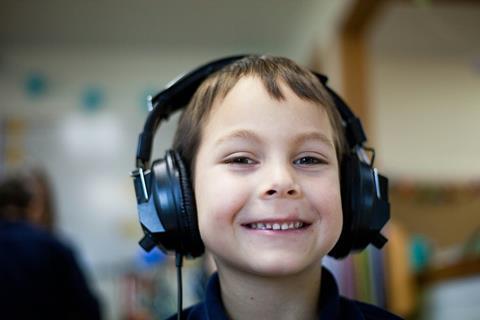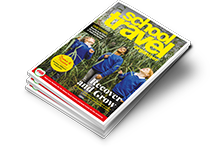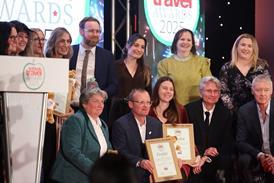New OEAP guidance outlines how schools can adapt educational visits to meet the needs of autistic participants, covering everything from sensory management to transport arrangements and working with venue providers.

Autistic children and young people have the “same entitlement to these opportunities as their peers”, says the OEAP. In a new publication, it outlines how with appropriate planning and adjustments, “almost all activities and visits can be made inclusive and successful”.
Advice for teachers and EVCs
The document, 4.4r Participants with Autism, offers guidance on how to plan and manage visits that meet the needs of autistic participants. It is intended to support leaders in applying professional judgement to enable safe, inclusive and meaningful participation.
Visits can present particular challenges for autistic participants. Some of the examples given in the OEAP’s National Guidance document are:
- Sensory stimuli such as noise, smells, lighting or crowding.
- Social complexity and unfamiliar people.
- Anxiety about transitions, transport or timing.
It adds: “However, if the environment is adapted and support is in place, these same experiences can offer autistic learners the opportunity to build confidence, independence and real-world skills.”

Preparing students for visits
The OEAP recognises the importance of allowing autistic learners time to process new information and understand what will happen during a particular school trip. It suggests that strategies could include: creating a visual story or ‘what to expect’ guide using photos of the venue, staff, transport and key locations, and providing a clear timeline of the day.
Why the guidance is so important
Richard Painter, chair of the OEAP’s National Guidance Group, explained: “We want every child and young person to have the opportunity to attend educational visits. Learning can be so much richer when taken out of the classroom. This new guidance is designed to help visit leaders to find ways to ensure that every child can benefit.”
Managing sensory needs
Said to be key in “preventing distress and enabling participants to stay regulated”, good practice when it comes to managing sensory factors includes:
- Identifying quiet areas where students can go if they need to self-regulate or recover.
- Planning for the possibility that the student may need to leave the venue temporarily and return.
- Encouraging the use of familiar sensory supports such as ear defenders, fidget tools or comfort items.
Supervision and staffing
Teachers and EVCs should factor in any additional adult support during visits early on in the planning stage. Key considerations outlined by the OEAP include briefing staff on what to do if a child becomes overwhelmed, non-verbal or wants to leave an area suddenly.
Where a student usually receives 1:1 support in school, “the same level should be assumed unless assessed otherwise”.

Working with providers
“Good communication with providers and venues helps ensure autistic pupils are welcomed and supported rather than misunderstood”, the guidance states.
Among the actions schools should consider are: asking if staff have had autism awareness training, clarifying needs for support or adjustments, and asking for visual guides and sensory maps.
Travel arrangements
Often “one of the most challenging aspects for autistic participants”, transport can involve unpredictability and unfamiliar environments. To help with this, the OEAP has listed some considerations for teachers planning visits including:
- Seating arrangements that reduce anxiety, e.g. by a window or away from noise.
- Managing transitions such as boarding and disembarking, especially in busy or time-pressured settings.
- Access to snacks, drinks or sensory items that help pupils remain regulated.

School perspective
Glynis Pattison, school visits coordinator at Conyers School, Stockton-on-Tees, said: “The guidance provided by OEAP regarding taking students with autism on school trips is excellent. In our setting, we work closely with our SEND team to ensure that each student’s individual needs are fully understood and appropriately met. We engage in open communication with both the student and their parents to ensure everyone knows what to expect and how support will be provided throughout the trip.
“I definitely recommend using this guidance to enhance practice and ensure that all students are fully supported to take part in school trips and get the best experience possible.”
After a visit
Gathering feedback is important, outlines the OEAP: “If a participant was well-supported, this can build staff confidence and increase willingness to try more ambitious visits in future”.
A post-visit review may include: informal feedback from staff and parents, reflections on what worked and what could be improved, and noting venue adjustments that were particular helpful.
The OEAP states: “Sharing positive outcomes with families can also build trust and strengthen home-school collaboration around inclusion. Providing feedback to the venue can support their development of their accessibility offer.”
To see the full guidance visit www.oeapng.info and search for 4.4r Participants with Autism.










